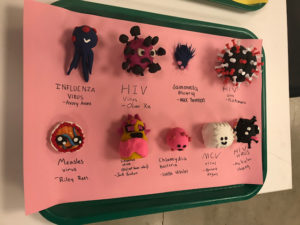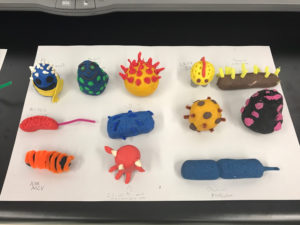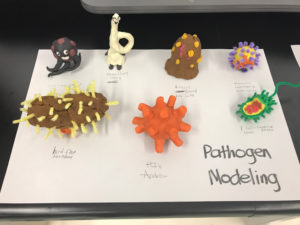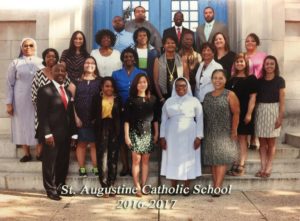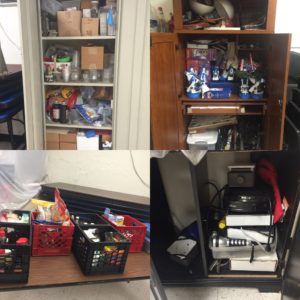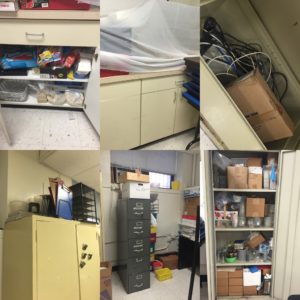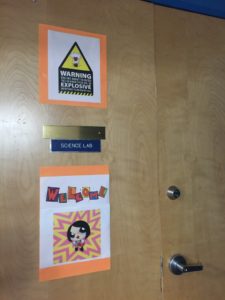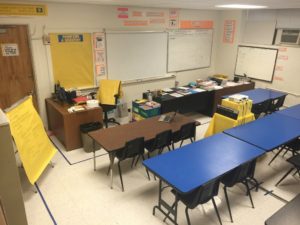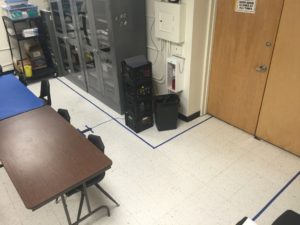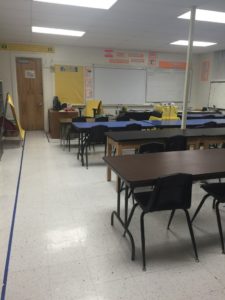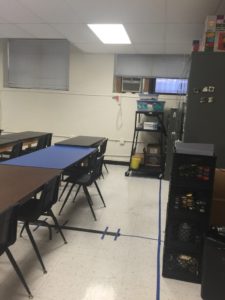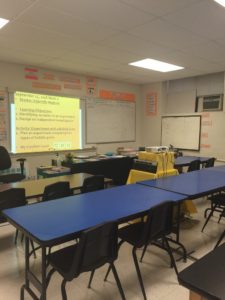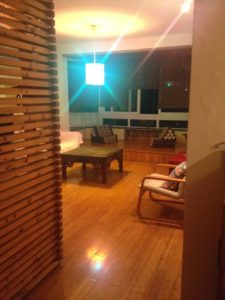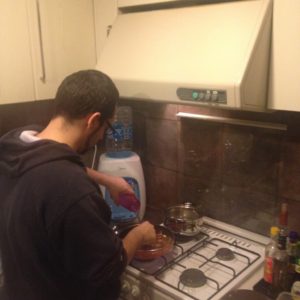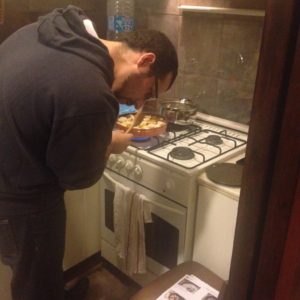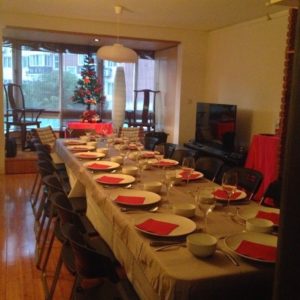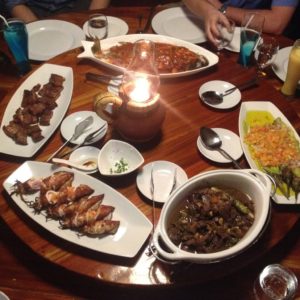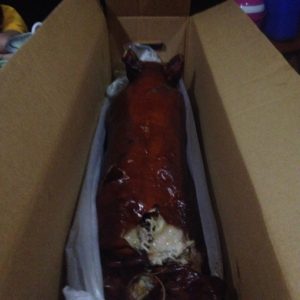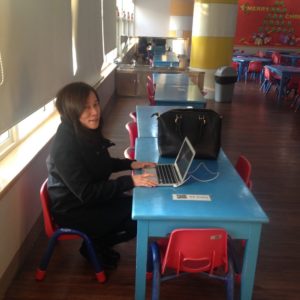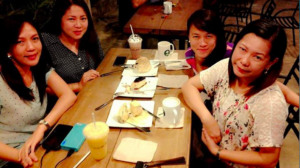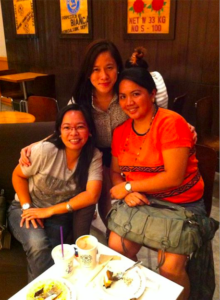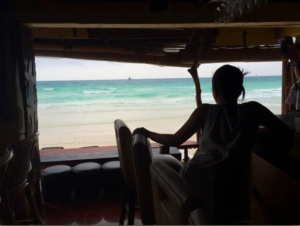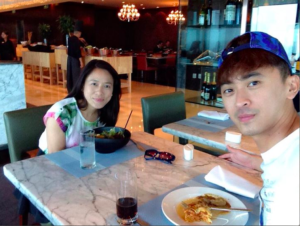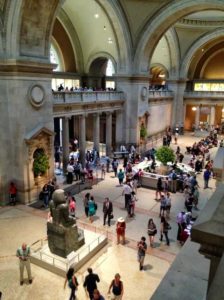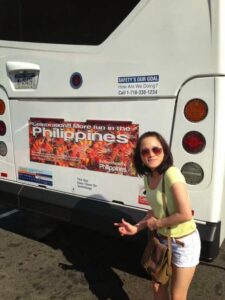From Mid-March, 2020 to date
I have been teaching remotely for almost a year now. As an educator in these challenging times, we do our best to come up with creative strategies to keep our classes interesting and our students engaged. At the same time, we continue to adapt to innovative methods of teaching, assessing students’ understanding and updating our curriculum. We are training future superheroes, after all – no pressure.
My last post on this blog was about our Middle School S.T.E.A.M. Festival. It was such a blast! I had the 6th graders team up to teach elementary and kindergarten students how to estimate the number of colors in a box of fruit loop cereal and create bar graphs to compare estimated count to the actual count while the 8th graders lead a learning by doing practical lab activity on building rubber band cars. It was a 3-day event that was made possible and extra special with the support of my colleagues and peers.
A special ✨THANK YOU✨ to parents and guest judges for sharing your time with our students during this week’s #STEAMFestival. We are so proud of our community’s hard work and collaboration to make this event so spectacular. #STEAM pic.twitter.com/3FPaGTBtmL
— The Wesley School (@TheWesleySchool) February 21, 2020
The distance learning set-up in middle school did not hinder our students from participating in the annual S.T.E.A.M. Fair this school year. This event is part of the long list of traditions at the Wesley School, where middle school students showcase the results of their weeks-long challenge-based projects to their peers.
The 6th graders completed their dream vacation projects, where they created a holiday itinerary trip overseas with a friend on a set budget. The students used Google My Maps to mark off important locations (i.e. hotels, restaurants, places to visit etc), Google Sheets to create their expenditure data table and create charts to show how much money they spent on their trips, and Google Slides to create their trip presentations.
The 7th graders created 3 dimensional models of a cell. The students used toothpicks, pieces of paper, pizza toppings, among others to demonstrate their understanding of the various organelles and structures which make up a plant or animal cell, together with their physiology.
The 8th graders completed their personal projects that included development of original works of art (i.e making paper stationery from recyclable paper, making tote bags out of newspapers, etc), investigative studies (i.e. effects of gaming), scientific experiments, courses of study or learning engagements, computer programmes, and many other forms of work. The students’ personal projects offered opportunities for differentiation of learning and expression according to students’ individual needs.
In lieu of the STEAM Fair Exhibition at the Social Hall, you may view our students’ projects and video presentations at tinyurl.com/steamfair2021 .

